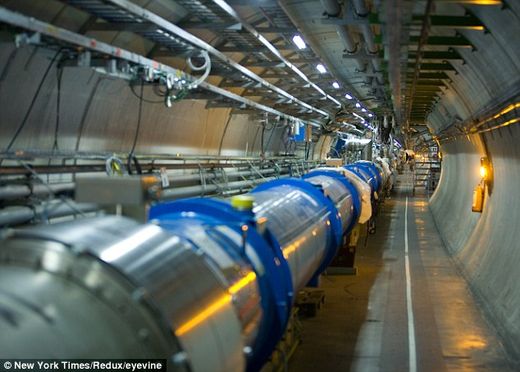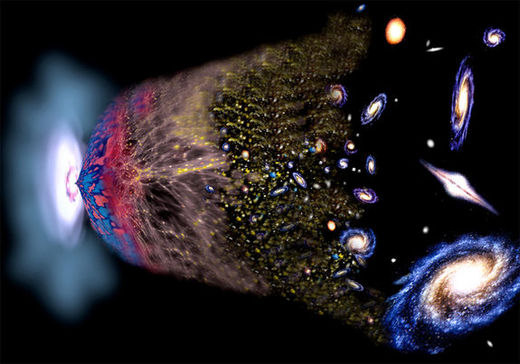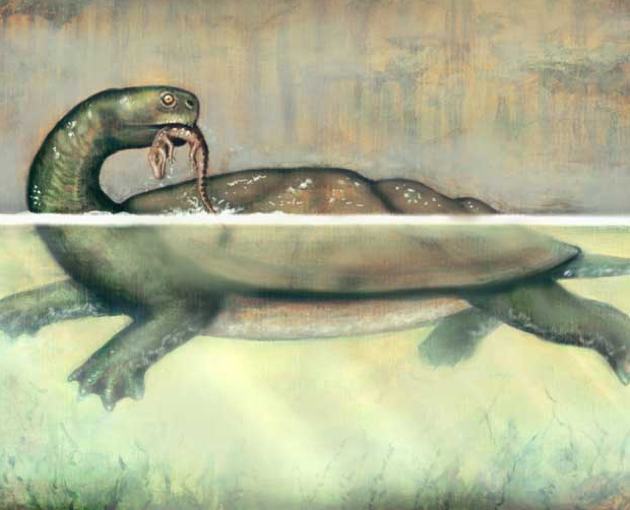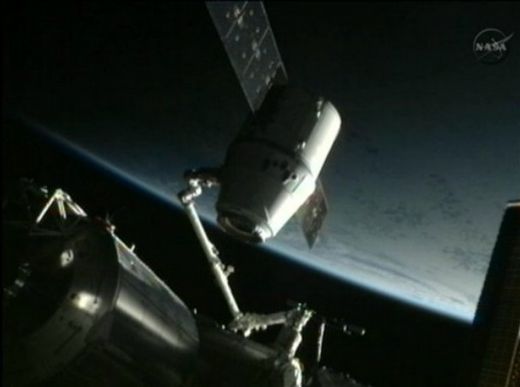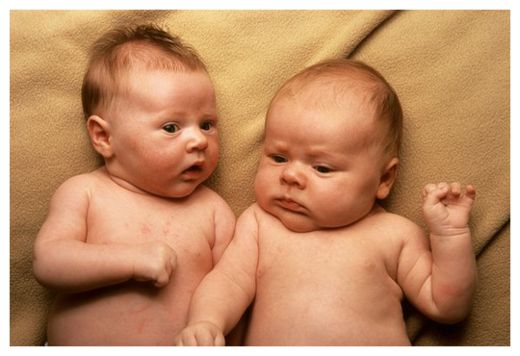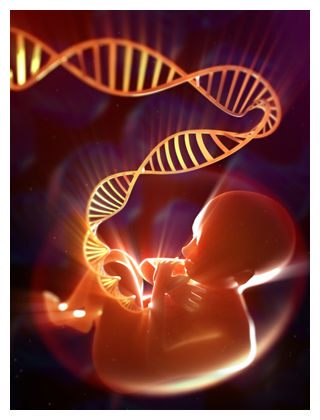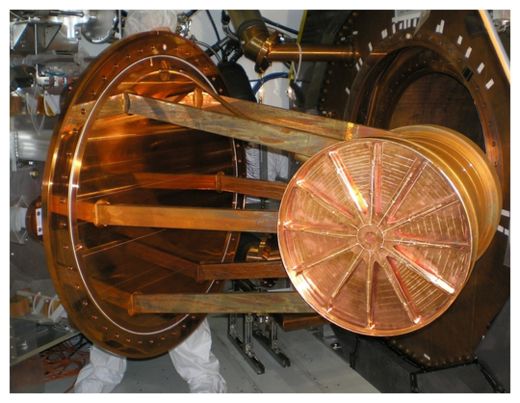
© EXOThis large copper cylindrical vessel is the Enriched Xenon Observatory 200's (EXO-200) time projection chamber, the part of the detector that contains the liquid xenon, isotopically enriched in xenon-136. The photo shows the chamber being inserted into the cryostat, which keeps the experiment at extremely low temperatures.
Sometimes, finding nothing is just as good as finding something.
Physicists have made the most sensitive measurements yet in the hunt for a rare event that could undermine the dominant theory of particle physics, and turned up zilch.
The scientists, who are searching for a rumored particle decay process called "neutrinoless double-beta decay," ran a finely tuned detector for almost seven months, and found no significant data to suggest the process occurs. That non-detection hints that exotic particles called
neutrinos may be more mundane than some have thought.
"The result could only have been more exciting if we'd been hit by a stroke of luck and detected neutrinoless double-beta decay," Stanford University physicist Giorgio Gratta, spokesperson for the experiment, called the Enriched Xenon Observatory 200 (EXO-200), said in a statement.
The scientists recorded only one signal (or event) that might have represented neutrinoless double-beta decay occuring. "That means the background activity is very low and the detector is very sensitive. It's great news to say that we see nothing!" Gratta added.
Unstable atomic nuclei (the jumble of protons and neutrons that make up the core of atoms) will often lose a neutron in a process known as beta decay. The neutron turns into a proton by releasing an electron and a tiny particle called a neutrino.
Sometimes, two neutrons are lost in a process called double-beta decay, which usually releases two electrons and two
antineutrinos (the
antimatter partner particles of neutrinos). But scientists have also theorized that neutrinoless double-beta decay could occur, which would produce two electrons and no antineutrinos.
